
Cadence vs Torque Sensor for E-Bikes: 2025 Ultimate Guide with Key Differences
Wondering which is better for your e-bike: a cadence or torque sensor? In this 2025 guide, we break down the real differences between cadence vs torque sensors, explain how each works, and help you decide which sensor is best for your riding style.
How These Electric Bike Sensors Work?
A Torque Sensor measures how hard you push on the pedals. The motor then gives you power based on how much force you use, making the ride feel more like a regular bike with extra help. A Cadence Sensor works by checking how fast you're pedaling. When you start moving the pedals, the motor kicks in to help you ride. These ebike sensors are the brains behind your ride.
The way these sensors work can really change how your ebike feels. Torque Sensors give you smooth, natural-feeling power that matches exactly how hard you're pedaling. A bike with a Cadence Sensor—or what some call a cadence electric bike—might feel less smooth, but it costs less. Many riders use cadence sensor ebike systems for simple trips around town or on flat roads.
Picking the right sensor matters a lot for how much you'll enjoy your ebike. For more detailed technical information, check out the Wikipedia pages on Torque Sensors and Cadence Sensors. If you want your ebike to feel more like a regular bike with a power boost, a Torque Sensor might be your best choice. These work really well on hills and rough terrain where you need careful control.
Cadence sensors are great if you want to save money and keep things simple. They work fine for basic riding but might not give you the smoothest experience on challenging routes. Whether it’s a cadence e bike for city rides or a torque sensor vs cadence sensor setup for off-road adventures, both types have helped make electric bikes more accessible. Your choice should depend on how you plan to use your bike and what matters most to you.
How Torque Sensors Work and Why They Matter?
A torque sensor is a smart device that measures how hard you push on your ebike's pedals. This device helps the motor give you just the right amount of help while you ride, making the experience feel smooth and natural. Many torque sensor e bikes use this system to deliver a seamless ride that feels in sync with your effort.
To understand torque sensors better, think of them as tiny force detectors built into your bike. The sensors use special materials that can feel even the smallest amount of pressure when you pedal, instantly turning this information into signals that control the motor's power. This type of ebike sensor is especially popular among riders who want more responsive handling.
How Torque Sensors Work
When you push on the pedals, the torque sensor springs into action. Small parts inside the sensor bend slightly as you pedal, creating electrical signals that tell the motor how much help to give you. The sensor works by checking your pedaling force up to 100 times each second. This quick response means the motor's power matches your effort perfectly—just like riding a regular bike but with a helpful boost.
Torque sensors make ebike riding feel more natural than cadence sensors do. Unlike cadence sensors, which only check if you're pedaling, torque sensors know exactly how hard you're pushing. This difference—often summed up in comparisons like cadence vs torque sensor—is key to the way your ride feels. You might see it labeled as torque sensor vs cadence sensor when comparing electric bikes online.
For more technical details about torque sensors, you can visit the professional repair services are available through platforms like HBKWorld.com
Many experienced riders say cadence sensor vs torque sensor performance is no contest—ebikes with torque sensors feel just like regular bikes. The motor's power blends smoothly with your own effort, creating a more enjoyable ride. Ebike makers often put torque sensors in their best models. These sensors help make the ride smoother and help the battery last longer.
Despite the higher cost, torque sensors make ebikes more fun to ride. They give you better control and make the bike feel more like an extension of your own effort. Most riders agree that the benefits of torque sensors outweigh their costs. The natural feel and precise control make every ride more enjoyable, whether you're climbing hills or cruising through town.

Understanding Cadence Sensors for E-Bikes
A cadence sensor is a basic but important part of many eBikes. These devices work by measuring how fast you pedal in a simple way.
When you pedal your bike, a magnet passes by a sensor that sends signals to the eBike's control system. The sensor keeps track of your pedaling speed and tells the motor when to help you. You can learn more about this on the Wikipedia Cadence Sensor page.
Benefits and Limitations
Cadence sensors are cheap and simple to use. They don't need much maintenance and have fewer parts that could break down compared to torque sensors. That’s why many riders choose cadence e bikes for everyday use.
The simple design means they cost less to make and fix. Basic parts mean there's less that can go wrong, which makes them reliable for casual riding. From a cadence vs torque sensor standpoint, this affordability and simplicity are big advantages.
However, these sensors only check how fast you pedal—not how hard. This can make the motor's help feel less smooth, especially when starting to ride or going uphill. In a direct e bike torque sensor vs cadence sensor comparison, the torque sensor often feels more natural because it adjusts power based on effort.
Sometimes there's a delay between when you start pedaling and when the motor kicks in. The motor gives the same amount of help whether you're pedaling hard or easy—something many notice in ebike torque sensor vs cadence sensor reviews and discussions.
Best Uses for Cadence Sensors
These sensors work great for riding on flat ground. Many people who just want to cruise around town find them perfect for their needs. A cadence sensor ebike makes sense if you’re not climbing hills or needing instant motor feedback.
If you're looking to save money on an eBike, a cadence sensor system is a smart choice. These systems help keep ebike prices down while still giving riders the boost they need.
You can find out more about how cadence sensors work in this comprehensive guide. While they may not be as fancy as torque sensors, they do their job well for most casual riders.
Cadence vs Torque Sensor: What’s the Real Difference?
When choosing between a Torque Sensor and a Cadence Sensor for your ebike, you need to think about how they work differently. The Torque Sensor measures how hard you push the pedals and adjusts the motor's help based on your effort. A Cadence Sensor just counts how fast you're pedaling, making it much simpler in how it works.
| Feature | Cadence Sensor | Torque Sensor |
| How It Works | Measures pedal rotations | Measures pedal force |
| Ride Feel | Jerky or delayed | Smooth and intuitive |
| Best For | Budget, casual rides | Hills, performance |
| Power Delivery | On/Off style | Dynamic adjustment |
| Common in | Entry-level eBikes | High-end models |
How Each Sensor Works
Torque sensors react super quickly when you change how hard you're pedaling. This means when you're going up a steep hill, the motor gives you exactly the help you need at that moment. The bike responds just like a regular bicycle would, but with extra power. That’s why many riders prefer torque sensor e bikes for hilly or challenging terrain.
A cadence sensor works in a more basic way. It only knows if you're pedaling and how fast, which can sometimes make the bike's response feel a bit clunky or delayed. When you start pedaling, it takes a moment before the motor kicks in to help you. In cadence sensor ebike systems, this delay is more noticeable at low speeds or when starting from a stop.
Most riders say torque sensors make the bike feel more natural to ride. The motor's power feels smooth and matches exactly how hard you're pushing. Cadence sensors can sometimes feel jerky, especially when you're riding slowly. This is the key point in most torque sensor vs cadence sensor comparisons—natural feel versus basic automation.
The price difference between these sensors is pretty big. E-bikes with torque sensors cost more because they use fancier technology. Cadence sensors are cheaper and easier to fix if something goes wrong. So if you're weighing e bike cadence vs torque features, budget plays a big role.
Here's what to think about when choosing:
- Pick a torque sensor if you want your eBike to feel just like a regular bike but with smooth power assist
- Choose a cadence sensor if you want to save money and don't mind a simpler riding experience
Cadence vs Torque Sensor: How to Choose the Right One
Picking the right sensor for your ebike is a big decision. The choice between a torque sensor and a cadence sensor can make your rides feel completely different. Torque sensors measure how hard you push the pedals and make the motor respond quickly. Simple cadence sensors just track how fast you pedal, which works fine for basic riding needs. That’s the core of the cadence vs torque sensor difference—power sensitivity versus speed detection.
Key Factors for Your Decision
Your riding style and where you ride matter a lot. Different sensors work better for different types of riding and terrain. Torque sensors give you smooth power on hills and rough paths, making them great for varied terrain. The simpler cadence sensors work well if you mostly ride on flat city streets. If you're riding an e-bike cadence vs torque setup, the right pick can dramatically change your experience.
Money plays a big role in sensor choice. Torque sensors cost more than cadence sensors but offer better control. Basic cadence sensor ebike systems are budget-friendly and still get the job done for many riders. If you’re comparing ebike torque sensor vs cadence sensor, the cost-to-performance ratio is one of the biggest deciding factors.
You should always try before you buy. Take time to test ride bikes with both sensor types to see what feels right. Short test rides can tell you more than hours of research, especially when it comes to cadence sensor vs torque sensor feel on real roads.
For more detailed information, check out resources like Aventon.com or ebike forums. Take your time making this choice—the right sensor will make every ride more enjoyable and help you get the most out of your bike.
Ebike sensor technology is evolving quickly, and the debate between using a torque sensor vs cadence sensor remains a hot topic. It affects many riders. A torque sensor measures how hard you push the pedals, giving you a ride that matches your effort and feels natural. It offers smooth feedback. In contrast, a cadence sensor tracks how fast you pedal (what is a cadence sensor), and is often simpler and more affordable. It is easy to use. Whether you're riding a cadence electric bike for city cruising or a torque-based system for hills, both sensors play key roles in shaping the ebike experience as new improvements in sensor integration, digital control, and battery management emerge. They keep getting better.
New Trends in Sensor Technology
Manufacturers are now developing more advanced torque sensors using strain gauges and magnetostrictive techniques to boost real-time precision. They work very well. These sensors are made to fit into smart systems that balance power and energy efficiency. They work smartly. For example, integrated ebike sensors are beginning to adjust power output based on terrain, riding style, and weather conditions, which makes rides safer and more comfortable. This innovation changes things.
Meanwhile, cadence sensors continue to improve with features like better wireless connectivity and durability, even though they are simpler devices. They still matter. Looking ahead, we may see hybrid solutions that combine the responsive power of torque sensors with the cost-effectiveness of cadence sensors. They work together. This evolution reflects a growing focus on refining the cadence vs torque sensor experience across different ebike models. For more details on torque sensor and cadence sensor technologies, check out the Wikipedia pages on each. They provide extra insights.
Ultimately, the choice of sensor depends on your riding needs, budget, and terrain. It is a personal decision. As tech developers and manufacturers continue to push the limits of e-bike cadence vs torque systems, you can expect pedal assist setups that offer both great performance and reliable power. They set new standards. Staying informed, trying different models, and matching the sensor technology to your unique needs are smart steps for the future. They help you ride better.
Cadence vs Torque Sensor: Frequently Asked Questions
1. What's the main difference between torque and cadence sensors in e-bikes?
The key distinction in the cadence vs torque sensor debate is how they respond to pedaling. Torque sensors measure pedaling force and provide proportional assistance, offering a smoother feel. In contrast, cadence sensors only detect pedaling speed and deliver fixed power once you start pedaling.
2. Are torque sensors worth the extra cost?
Yes—especially on torque sensor e bikes—if you're looking for a more natural riding experience and precise power control. They’re significantly more expensive but often preferred by riders who value responsiveness and control.
3. Which sensor is better for casual city riding?
For basic commuting, a cadence sensor ebike is typically sufficient. These sensors are simpler, more affordable, and work well on flat terrain or in stop-and-go traffic.
4. How do torque sensors improve e-bike performance?
Torque sensors provide instant, proportional power assistance based on your pedaling effort. This creates smoother acceleration, better hill-climbing ability, and a more intuitive ride overall—making them a standout in ebike torque sensor vs cadence sensor comparisons.
5. Can I upgrade my e-bike's cadence sensor to a torque sensor?
Usually no. Upgrading from a cadence sensor to a torque sensor requires major changes to the frame, wiring, and controller. Most cadence sensor electric bikes are not built to support torque-based systems without a full redesign.



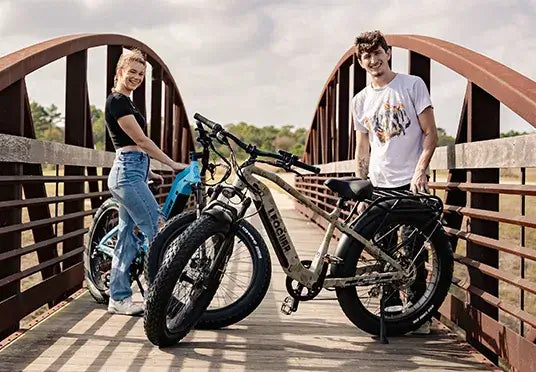
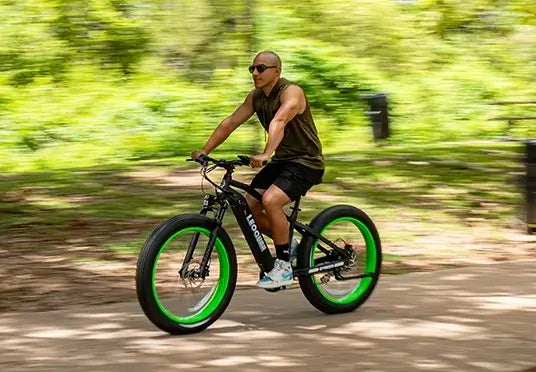
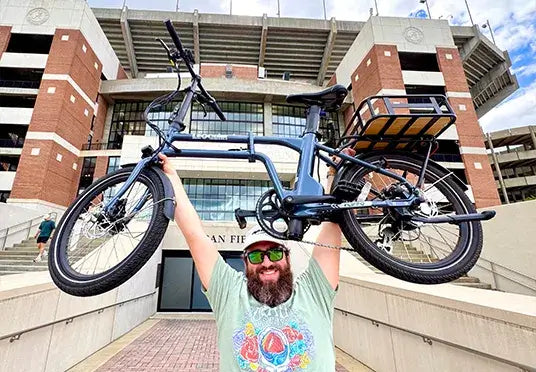
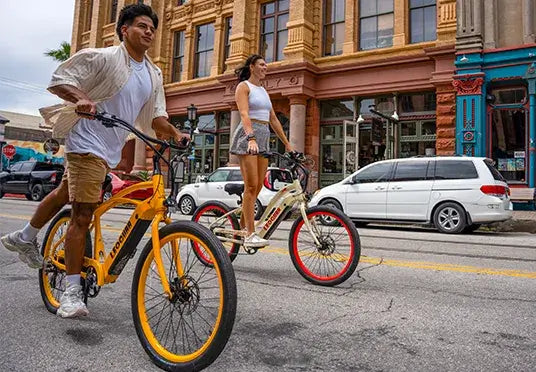
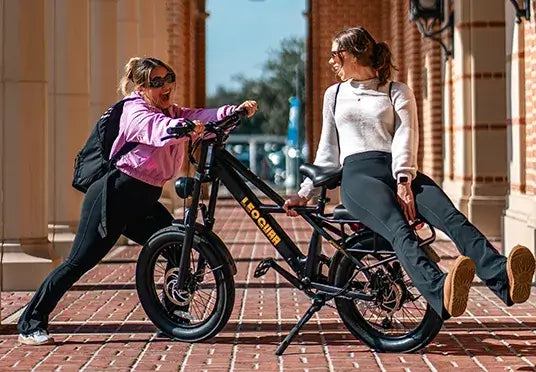
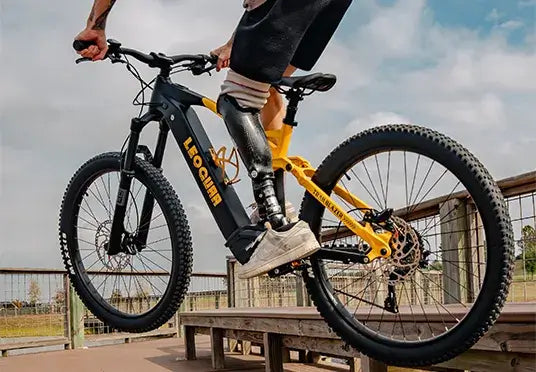

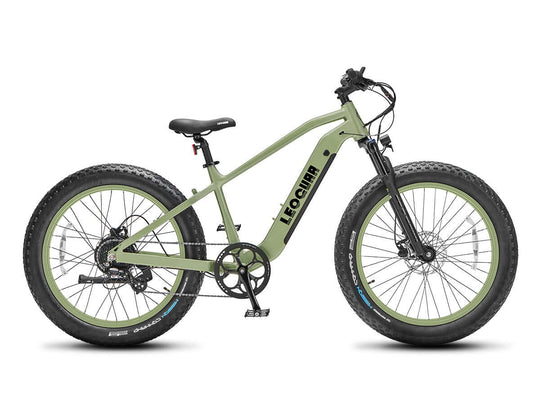
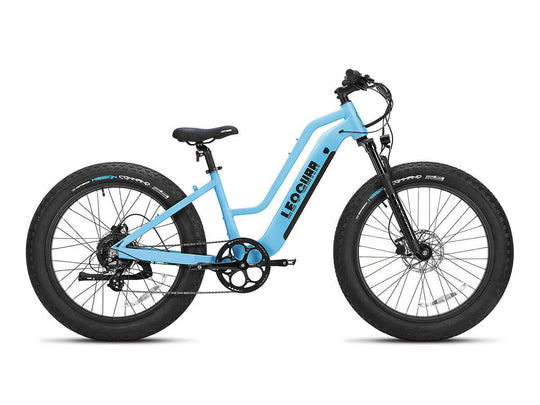
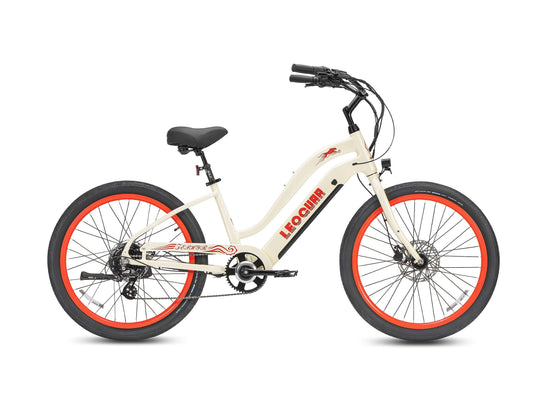
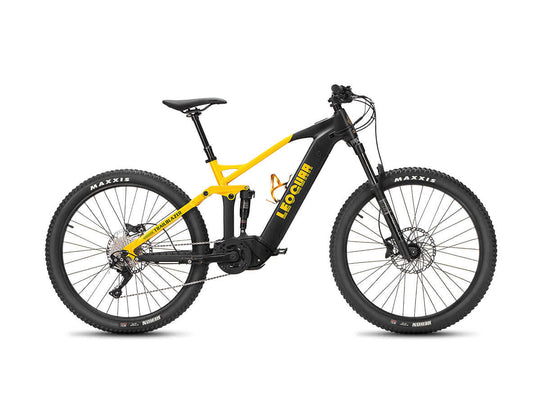
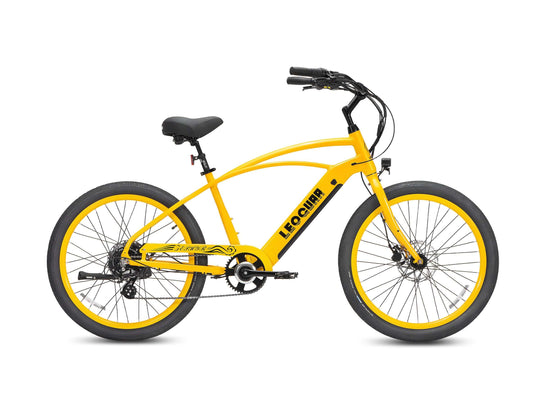
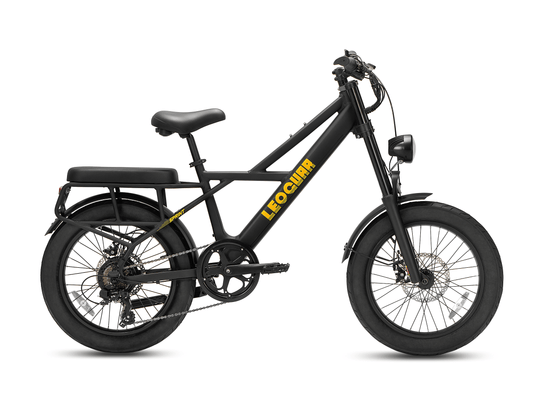

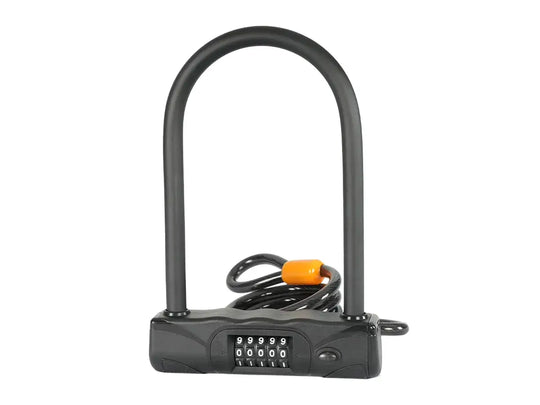
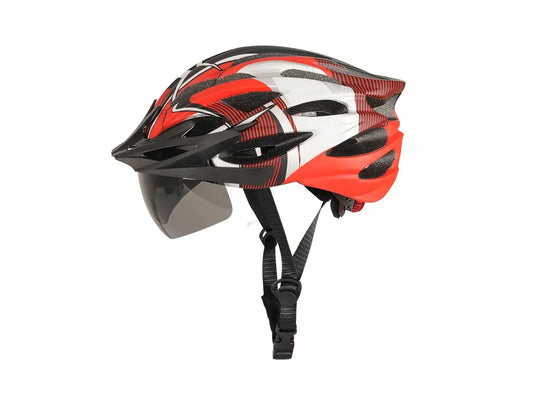
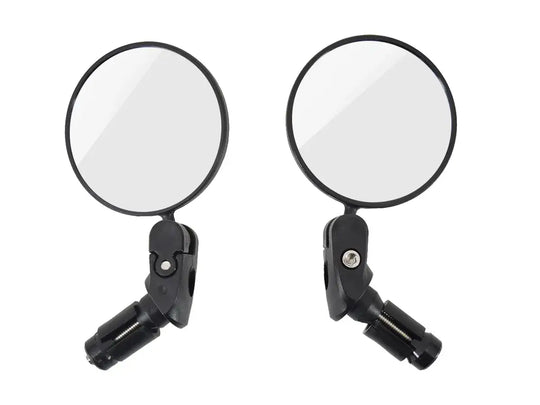

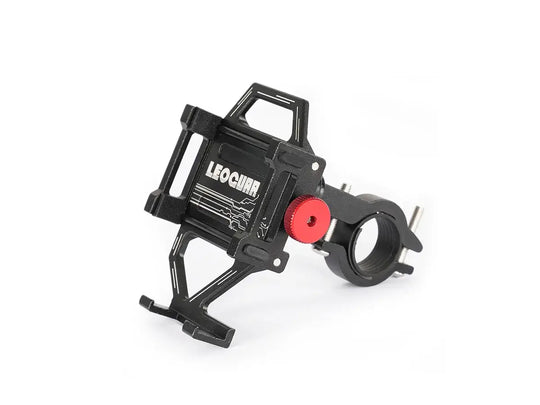
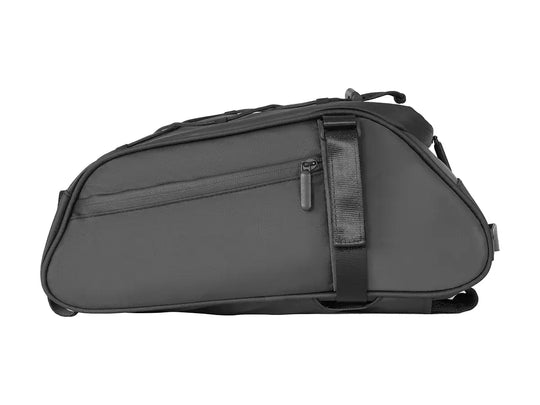
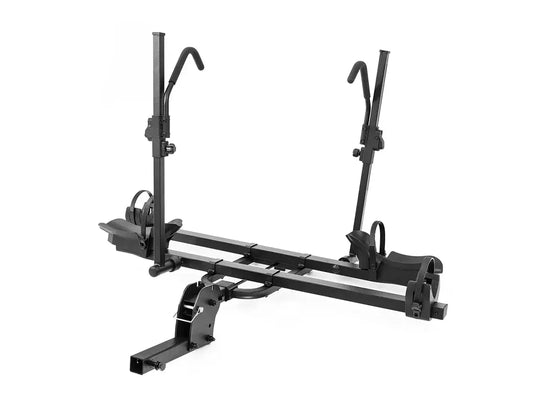
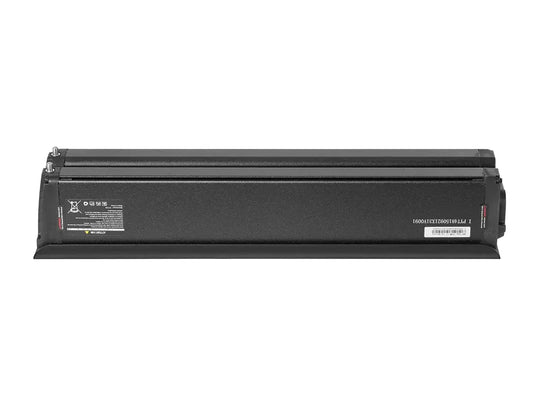
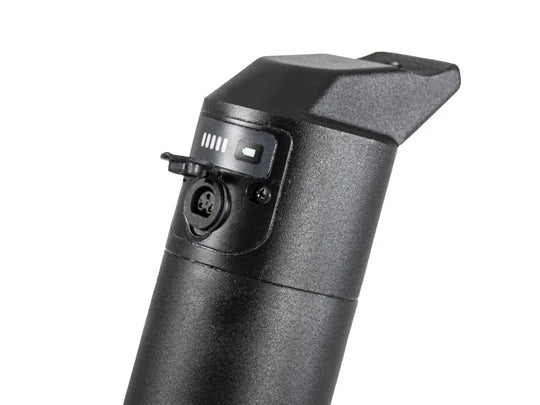
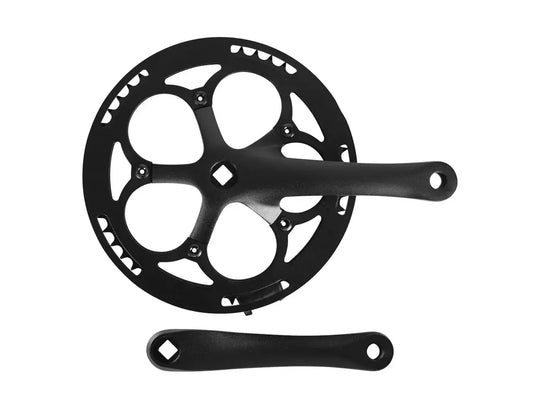
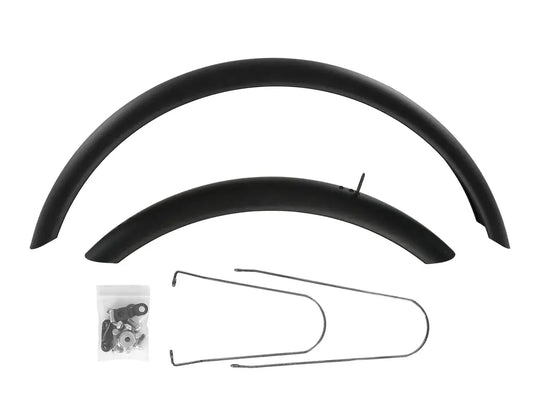
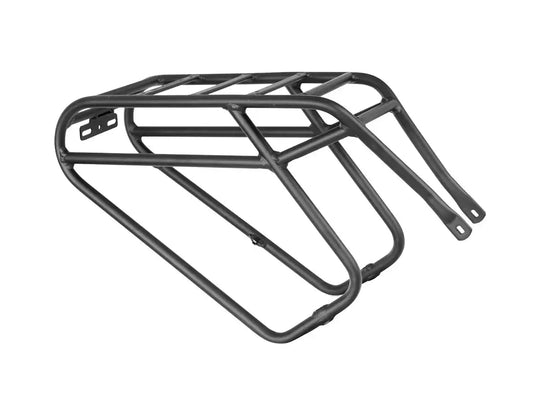
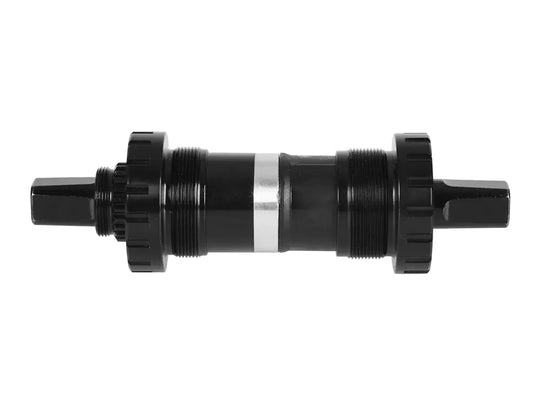
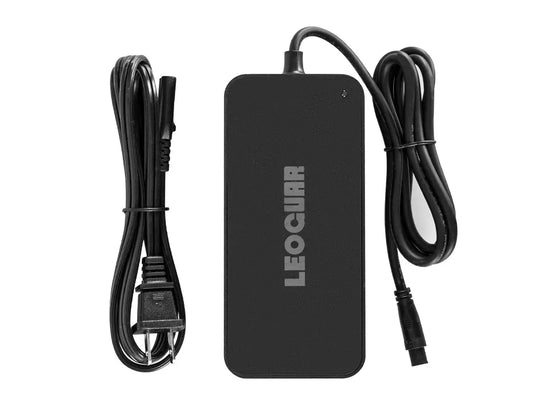
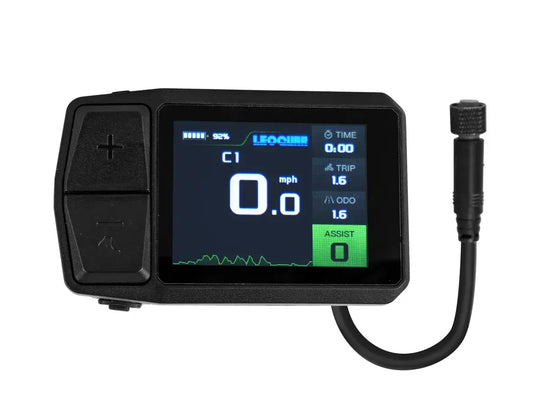
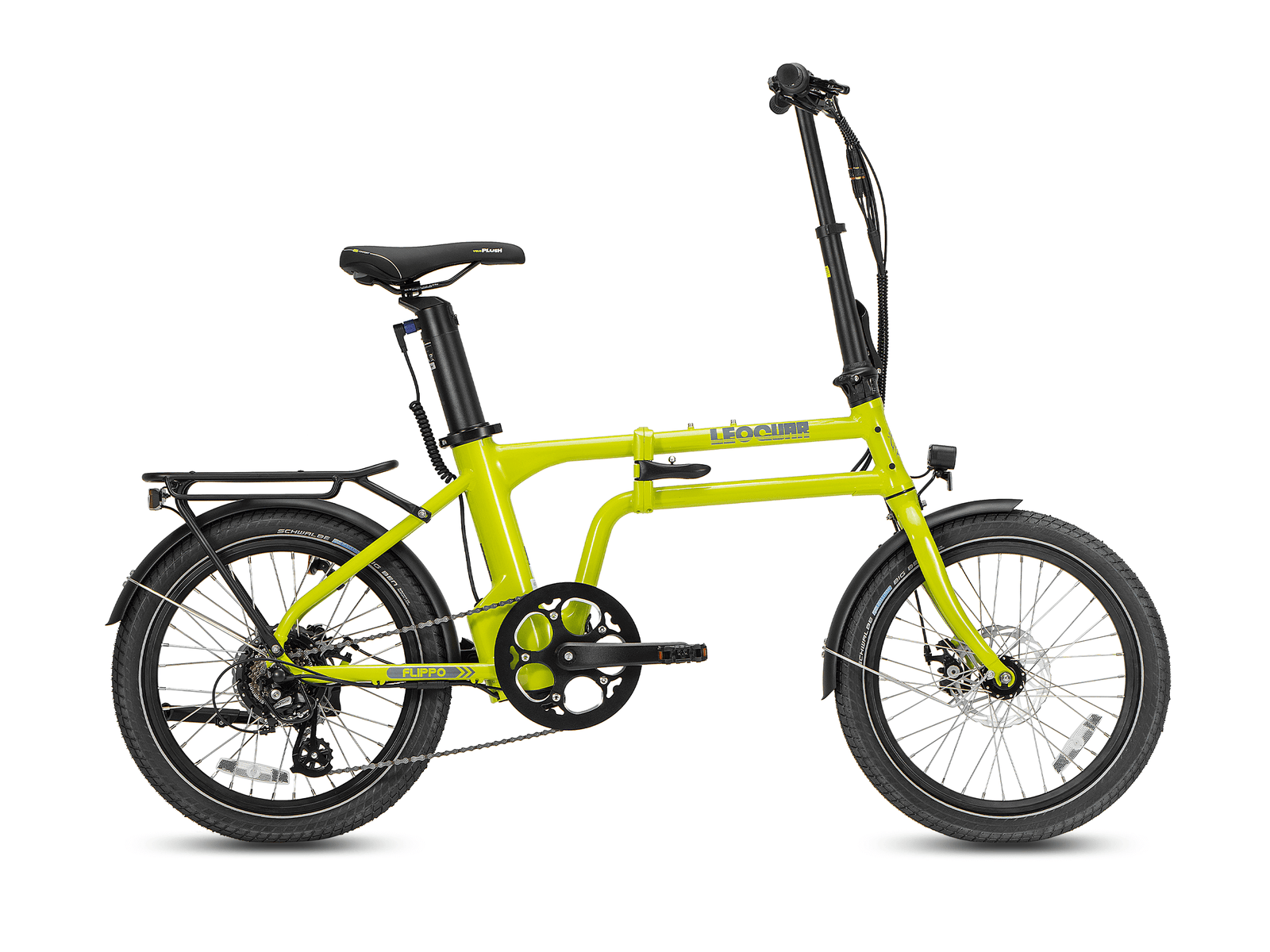








Leave a comment